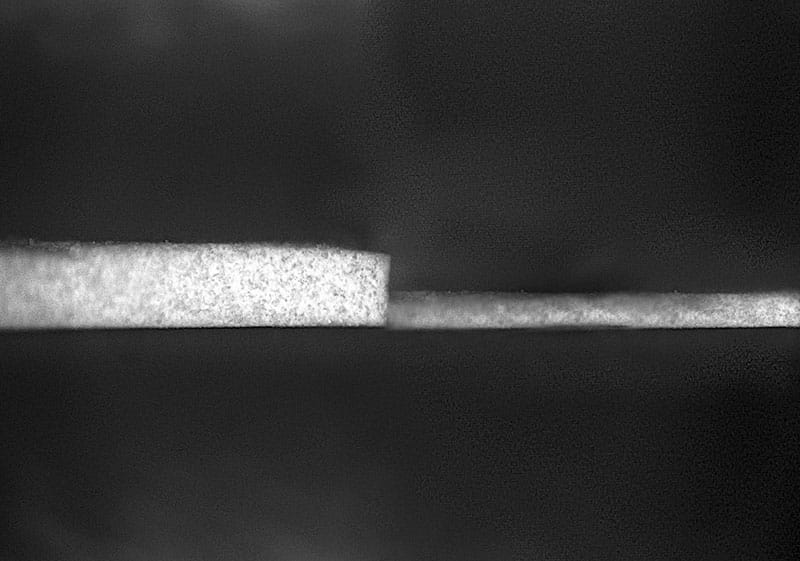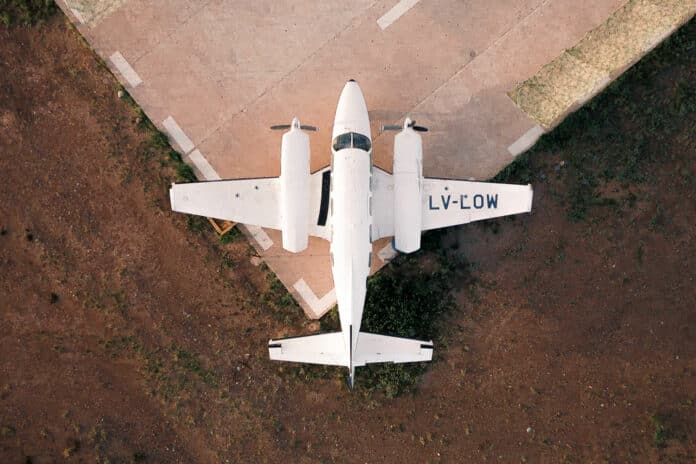Last year, engineers at Purdue University produced the world’s whitest paint with the ability to reflect 98.1% of sunlight and earned a Guinness World Record. Now, the team has made some tweaks to the recipe to produce a thinner and lighter version of the paint that, they say, is ideal for radiating heat away from cars, trains, and airplanes.
The original version of the ultra-white paint used nanoparticles of barium sulfate to reflect 98.1% of sunlight, cooling outdoor surfaces more than 4.5°C below ambient temperature. This chemical compound was added to the mix in the form of particles of different sizes with varying abilities to scatter sunlight.
In a test on outdoor surfaces, researchers found the world’s whitest paint could significantly lower their temperature compared to the ambient surrounds and could potentially produce cooling effects that are on par with common air conditioners. But there’s a problem.
“To achieve this level of radiative cooling below the ambient temperature, we had to apply a layer of paint at least 400 microns thick,” said Xiulin Ruan, a Purdue professor of mechanical engineering and developer of the paint. “That’s fine if you’re painting a robust stationary structure, like the roof of a building. But in applications that have precise size and weight requirements, the paint needs to be thinner and lighter.”

That’s why Ruan and his team began experimenting with other materials. The new formulation is a nanoporous paint incorporating hexagonal boron nitride as the pigment, a substance mostly used in lubricants. This new paint achieves nearly the same benchmark of solar reflections (97.9%) with just a single 150-micron layer of paint.
The paint also incorporates air voids, making it highly porous on a nanoscale. Together with the thinness, the new paint also has lower density and weighs 80% less than barium sulfate paint yet achieves nearly identical solar reflectance.
“This lightweight opens the doors to all kinds of applications,” said George Chiu, a Purdue professor of mechanical engineering and an expert in inkjet printing. “Now, this paint has the potential to cool the exteriors of airplanes, cars, or trains. An airplane sitting on the tarmac on a hot summer day won’t have to run its air conditioning as hard to cool the inside, saving large amounts of energy. Spacecraft also have to be as light as possible, and this paint can be a part of that.”
Purdue researchers are in discussion right now to commercialize the paint. There are still a few issues that need to be addressed, but progress is being made.
“Using this paint will help cool surfaces and greatly reduce the need for air conditioning,” Ruan said. “This not only saves money, but it reduces energy usage, which in turn reduces greenhouse gas emissions. And unlike other cooling methods, this paint radiates all the heat into deep space, which also directly cools down our planet. It’s pretty amazing that paint can do all that.”
Journal reference:
- Andrea Felicelli, Ioanna Katsamba, Fernando Barrios, Yun Zhang, Ziqi Guo, Joseph Peoples, George Chiu, and Xiulin Ruan. Thin layer lightweight and ultrawhite hexagonal boron nitride nanoporous paints for daytime radiative cooling. Cell Reports Physical Science, 2022; DOI: 10.1016/j.xcrp.2022.101058
